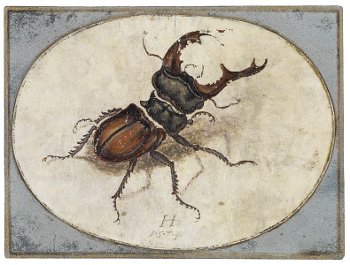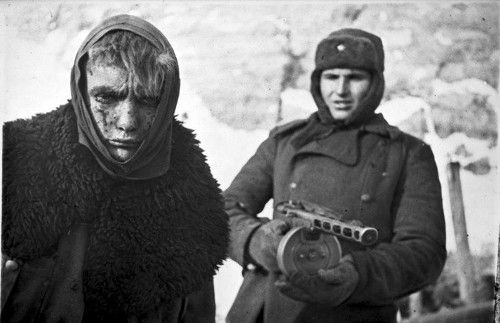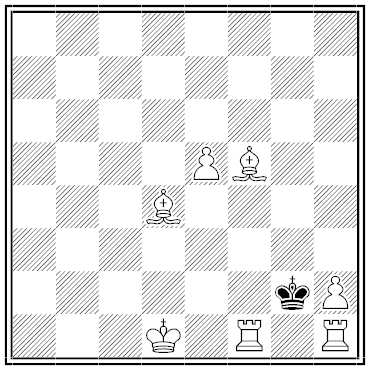Letters to the Times, March 1976:
From the Reverend E.H.W. Crusha:
May I enlist your support in restraining the use of ‘Dear Reverend’ and ‘Dear Reverend So-and-so’ in letters to clergymen? It appears to be increasing among people of standing and education who might be expected to be readers of The Times.
From Peter du Sautoy, chairman, Faber and Faber Ltd.:
I learnt from T.S. Eliot, the politest of men, that letters to clergymen one does not know personally should begin ‘Reverend Sir.’
From Peter Faulks:
I remember being told by a clergyman that when in India a parishioner wrote to him as ‘Reverend and Bombastic Sir.’
From Canon Allan Shaw:
There are degrees of reverence. When I was a Dean and very reverend I once received a letter addressed to ‘The Very Shaw’. I thought that took some beating. However, it was bettered by the present Bishop of Lincoln. He once told me that he had received a letter directed to ‘The Right Phipps.’
From Rabbi David J. Goldberg:
While Christian clergymen ponder their correct form of address, they might also spare a thought for the difficulty experienced by their Jewish colleagues. On several occasions (and usually from the Inland Revenue) I have received letters which address me as ‘Dear Rabbit’.
From the Rev. D.F.C. Hawkins:
A young member of my congregation in Nigeria once addressed me in a letter as ‘My dear interminable Canon’. I try to believe he intended it kindly.
To be fair, it’s hard to teach a computer to produce the correct salutation by interpreting the first line of an address. One programmer sent the contents of a test database of challenging addressees: Danie Van Der Merwe, The Master of Ballantrae, The Mistress of Girton, C.M. Gomez de Costa e Silva, Mrs. Mark Phillips, Earl Mountbatten, Count Basie, Sir Archie McIan of that Ilk, Adm. Hon Sir R.A.R. Plunkett-E-E-Drax, J. Smith Esq, Sister Mary-Paul, A. d’Ungrois, the Revd Dewing. He declared himself “confident of the continuing superiority of that product of unskilled labour, the human mind, over its most marvellous artifact.”




